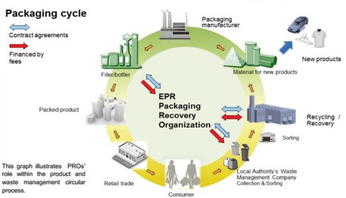Effect of Anti-block Particles on Oxygen Transmission Rate of SiOx Barrier Coatings Deposited by PECVD on PET films
Presented by Pierre Fayet, Plasma Technology
The influence of the surface morphology of semi-crystalline poly(ethylene terephthalate) (PET) substrates films on oxygen transmission rate (OTR) and on mechanical properties of ultra thin oxide coatings is analysed, with attention paid to the role surface defects initiated by anti-block particles. Nanometer thick SiOx coatings are deposited by PECVD on three grades of PET films containing pre-determined defect surface densities ranging from 300 to 1800-mm-2. Coating failure is shown to be initiated at defect sites and leads to a decrease of the crack onset strain by a factor of 20% and a lost of barrier by a factor of 3. The failure
mechanisms of coatings are determined by means of fragmentation tests and the results are modelled using a constant interfacial strength approach with a Weibull-type probability of fracture.
This post is for paying members only
SubscribeAlready have an account? Log in

